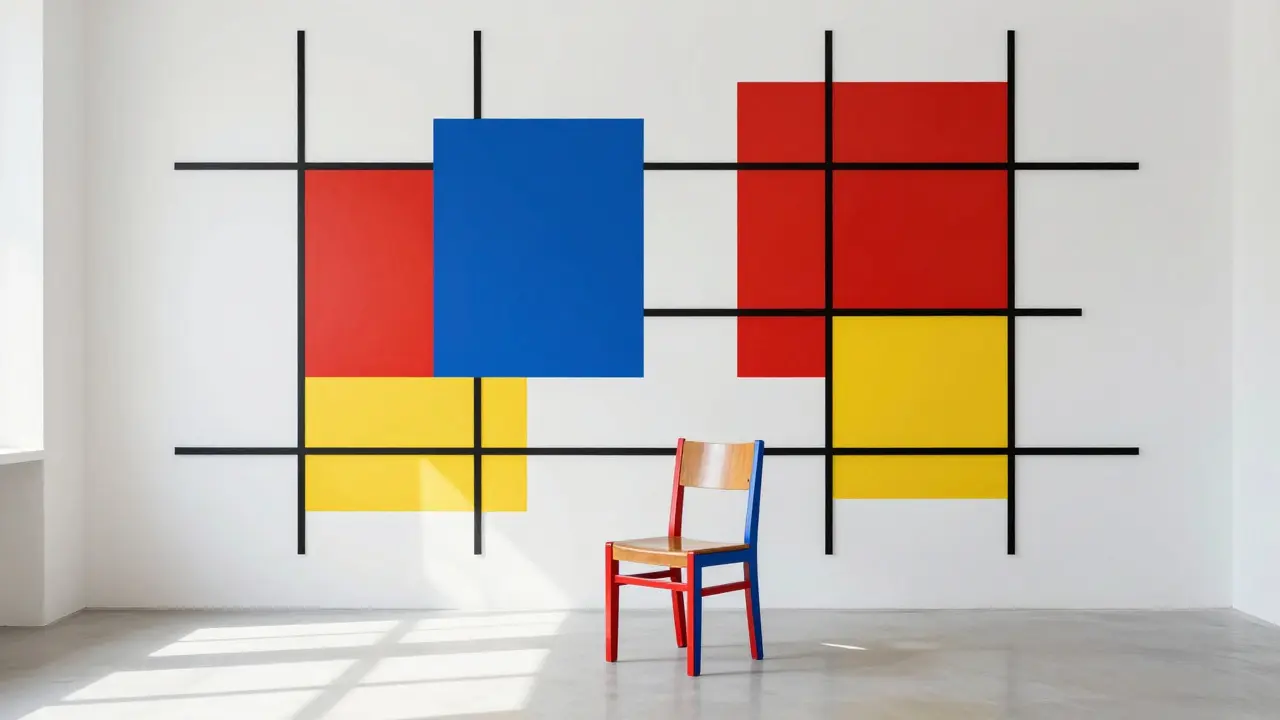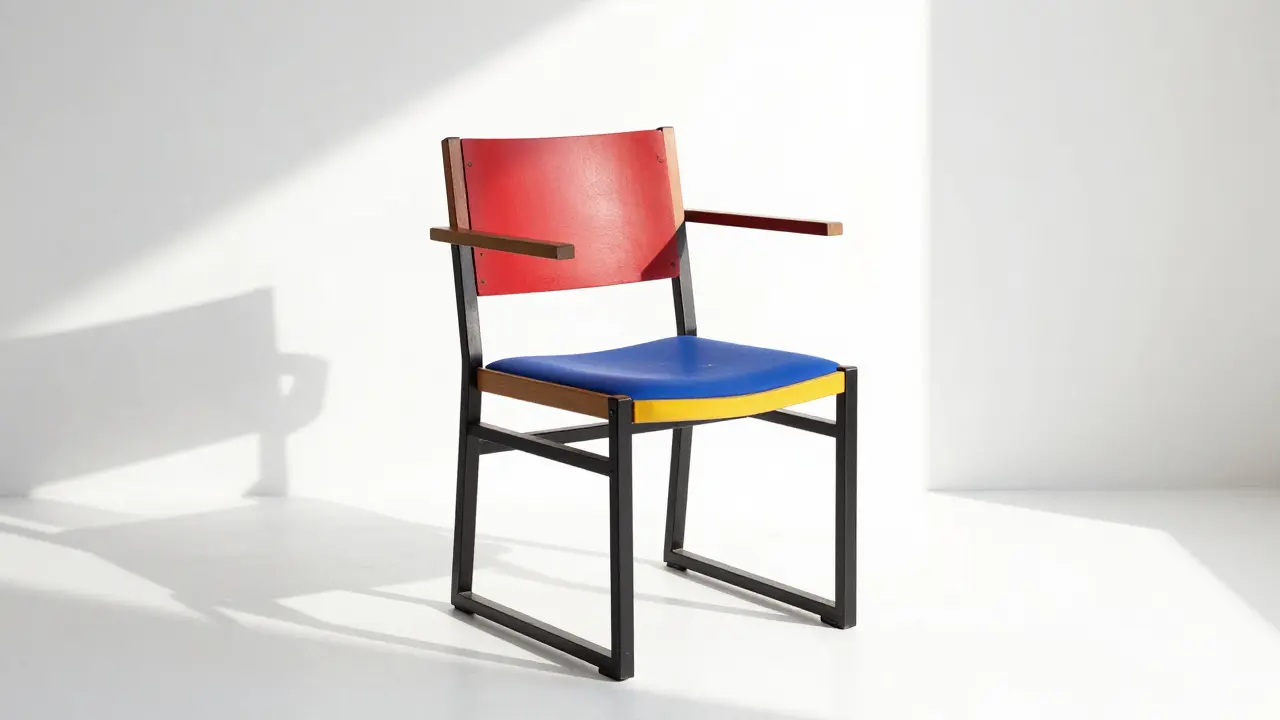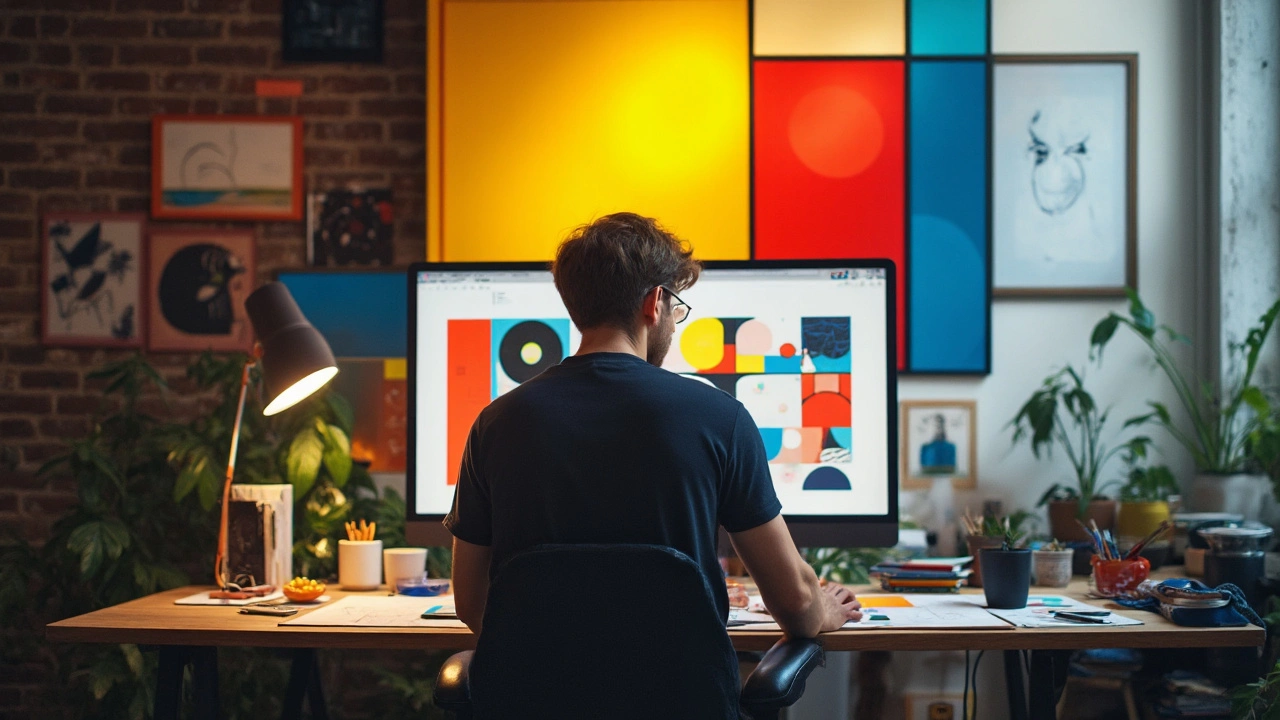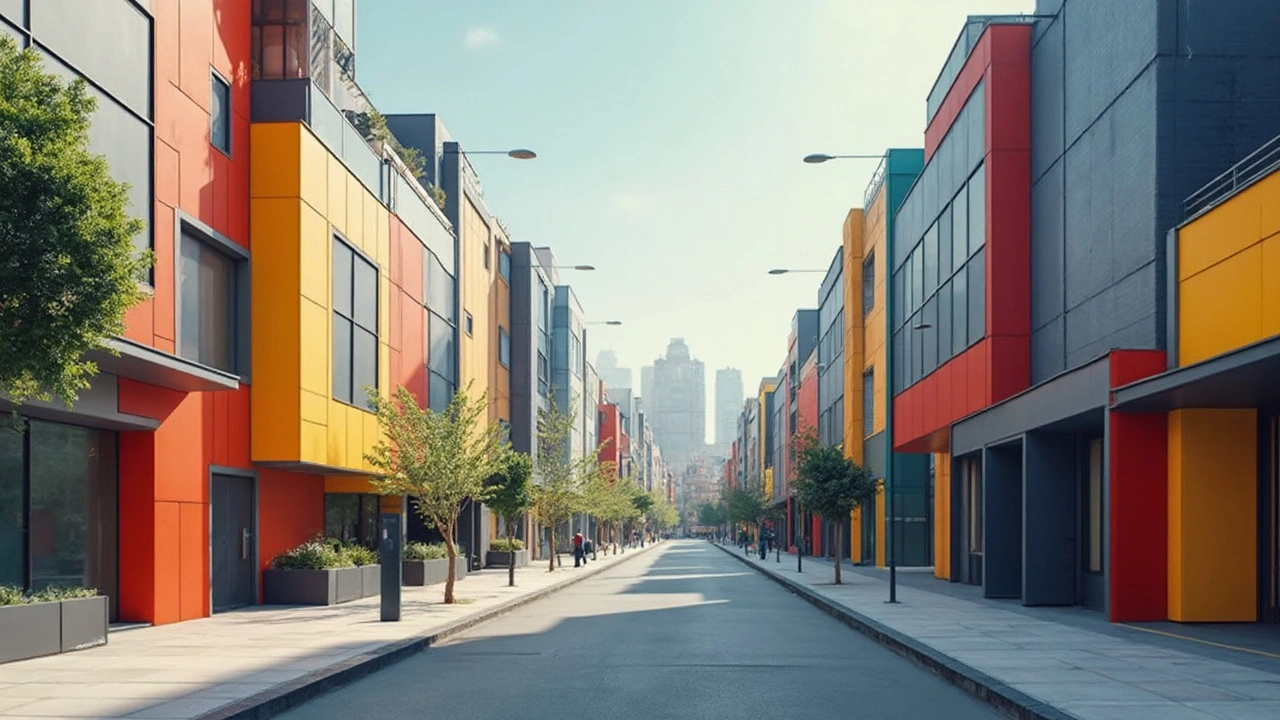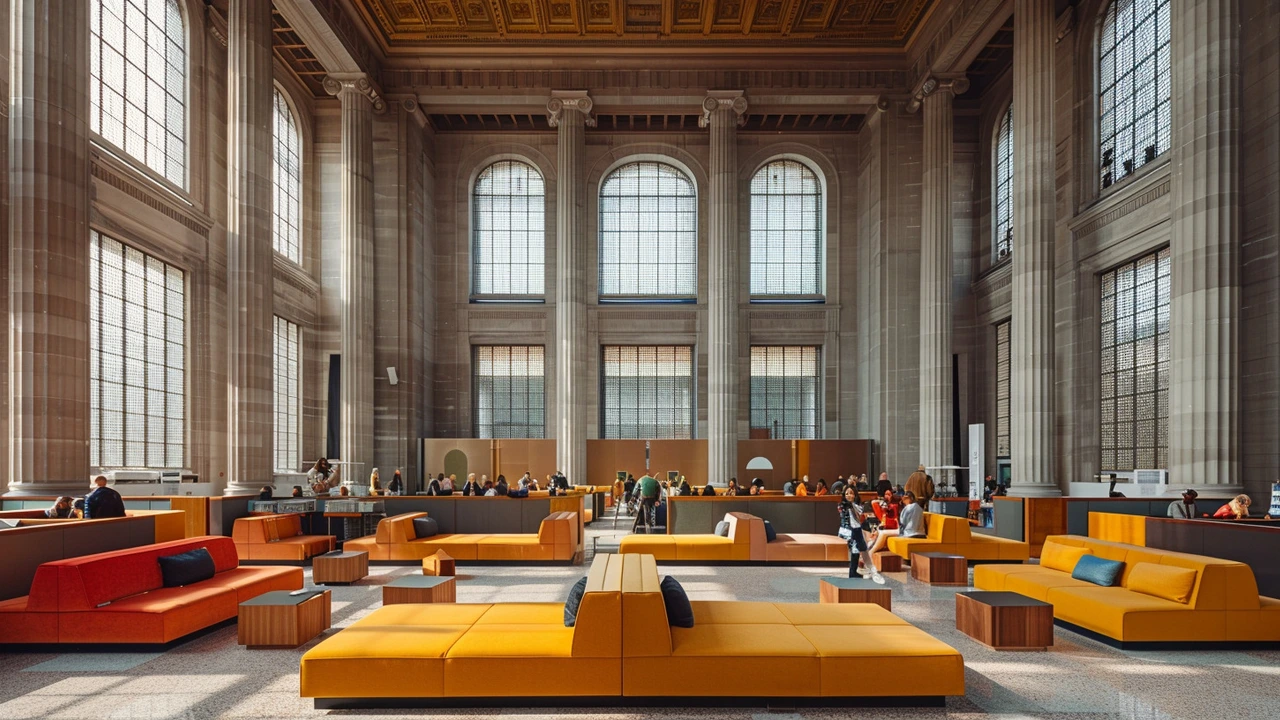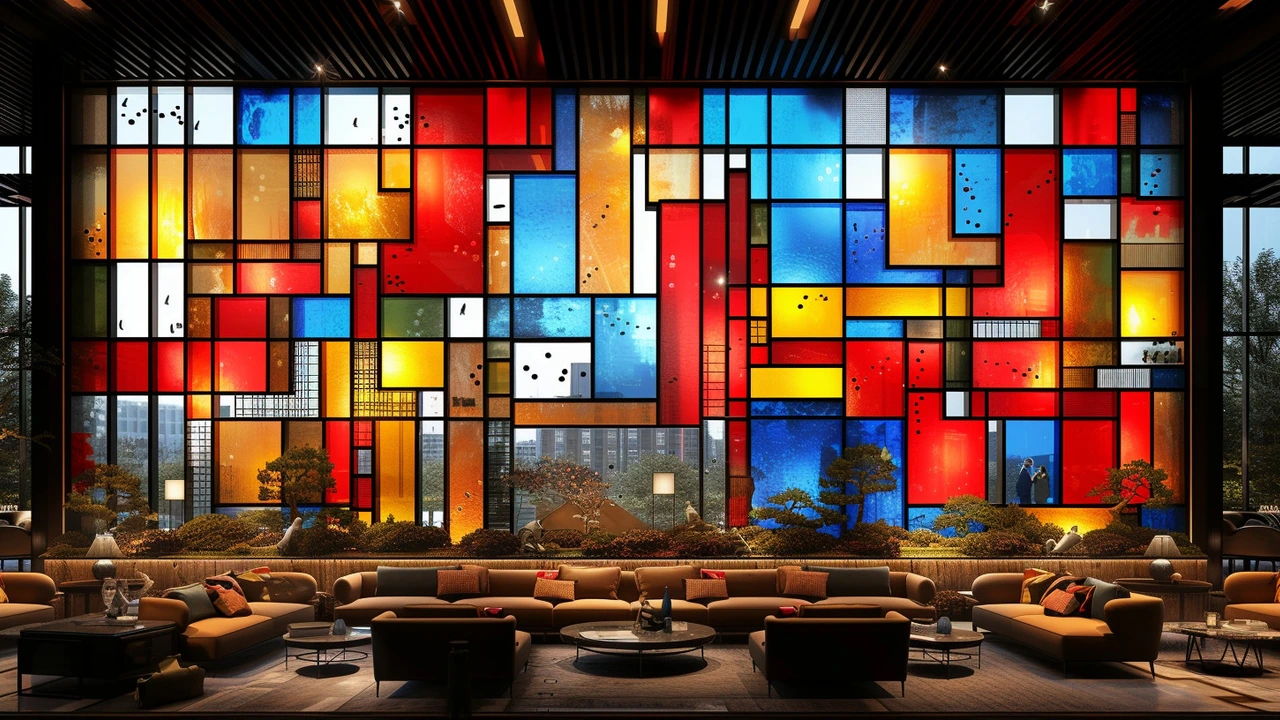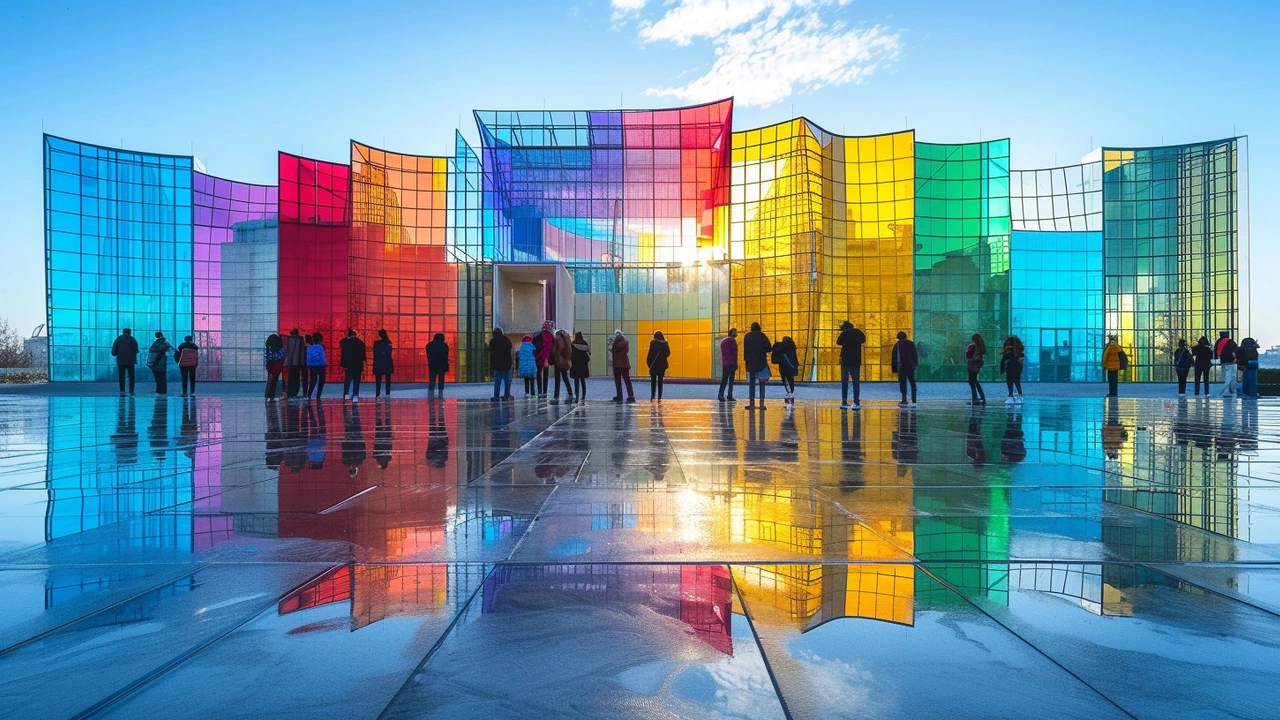De Stijl: What It Is and Why It Still Matters
De Stijl is a simple, powerful art and design style that started in the Netherlands around 1917. Think straight lines, right angles, and a tiny palette: black, white, gray, and primary colors. It looks strict at first, but it's about balance and clarity. If you like designs that feel calm, ordered, and confidently modern, De Stijl is for you.
Key features of De Stijl
De Stijl artists aimed to remove the unnecessary. They used vertical and horizontal lines to create a clear grid. Colors were reduced to pure red, blue, and yellow plus neutrals. Shapes stayed geometric—squares, rectangles, planes. Piet Mondrian made these rules famous with paintings of balanced blocks and lines. Theo van Doesburg pushed similar ideas into architecture and theory, while Gerrit Rietveld applied them to furniture like the iconic Red and Blue Chair.
Notice a few practical points: the style favors asymmetrical balance rather than mirror symmetry; empty space is as important as shape; and every color or line has a role in the overall composition. Those rules make De Stijl easy to recognize and surprisingly flexible in modern use.
How to use De Stijl today
Want to bring De Stijl into your home or art? Start with a single focal piece—a Mondrian-inspired print or a Rietveld-style chair. Keep surrounding elements simple: neutral walls, uncluttered surfaces, and one or two primary color accents. In painting or graphic work, sketch a basic grid first, then block in color sparingly. Let negative space breathe; don’t fill every gap.
In architecture or interiors, use clean, straight lines in shelving, door frames, or partition walls. Flooring and rugs work well as large color fields, while linens and cushions can add small pops of red, blue, or yellow. For digital design, use De Stijl’s grid approach to arrange content—clear columns, strong margins, and minimal color help draw the eye where you want it.
De Stijl isn’t just historical trivia. Its focus on clarity and function influenced modern graphic design, web layout, furniture, and architecture. If you want work that feels modern without being trendy, De Stijl gives you rules that free you to be precise and bold.
Curious to learn more? Look for Mondrian’s paintings, Rietveld’s furniture, and van Doesburg’s writings. Try a small De Stijl experiment: redraw a photo as a grid of colored blocks. You’ll learn quickly how removing detail can actually sharpen your visual choices.

